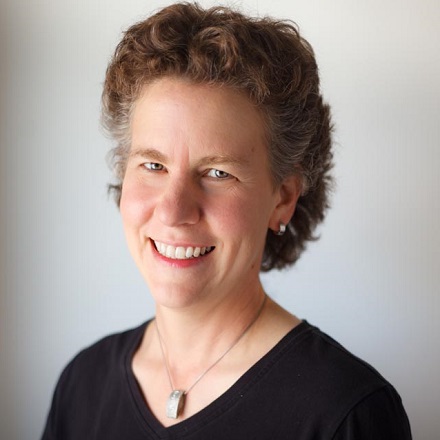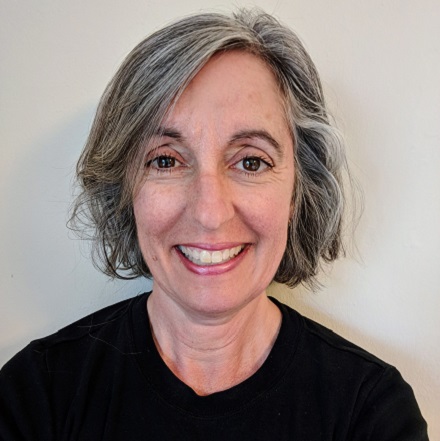
In the News
Cal-WATCH Project Tracks Harmful Algal Blooms
-
Focus Areas
Environmental Health -
Issues
Rural Health -
Expertise
Coalition & Network Building, Research – Survey -
Programs
Tracking California

A local tribe and members of partner organizations is surveying Lake County residents and visitors as part of a larger effort to reliably track and prevent the health impacts of harmful algal blooms and communicate with the public about them.
Big Valley Band of Pomo Indians is partnering with Tracking California — a program of the Oakland-based Public Health Institute — along with the state agencies to carry out the California Water: Assessment of Toxins for Community Health Project, or Cal-WATCH. The group sought funding for a five-year project through the Centers for Disease Control and Prevention’s Environmental Health Capacity program.
The project summary explains that it’s working to increase the ability to reliably track and prevent harmful algal bloom illness statewide, with a special emphasis on Clear Lake, where those blooms, or HABs, have increased substantially since 2009.
The team includes Susan Paulukonis, is a rare disease epidemiologist for the Public Health Institute and program manager for Cal-WATCH; Dr. Gina Solomon, MD, of the Public Health Institute and principal investigator of the Cal-WATCH project; Alexa Wilkie, program manager for Tracking California; David Chang, project coordinator for Tracking California; and Isadora Nogueira, research association with Tracking California.
Following a tour around the lake led by Karola Kennedy, water resources manager for Robinson Rancheria, the group gathered with Big Valley environmental staff, including Environmental Director Sarah Ryan, in Lakeport on Friday to plan a weekend of work. Ryan said the group is “treading in new territory” in terms of public health.
Solomon said the issues with HABs is a relatively new issue that’s been getting worse in recent years.
The Tracking California website shows that in 2016, there were 91 blooms reported across California and no illness reports, followed by 181 blooms with no illness reports in 2017. By 2018, blooms had increased to 190 with 19 illness reports, and rose again in 2019 to 241 blooms and 22 connected reports of illness.

Not all [algal blooms] out there are toxic. And not all that’s toxic is noticeable, so it can be a little tricky.Dr. Gina Solomon
Former director of PHI’s Achieving Resilient Communities (ARC) and PHI’s Science for Toxic Exposure Prevention
Paulukonis said the state started working with partner agencies in 2018 to report illness impacts. Since then, they’ve been collecting data on humans, animals and wildlife. She said the group will collect survey data through Labor Day weekend and will put together a presentation of the results that will target local health agencies, tribes and anyone doing health education outreach. She said there also will be a community component.
Tracking California works with entities like Big Valley, the State Water Resources Control Board, the state Office of Environmental Health Hazard Assessment, California Department of Fish and Wildlife and California Department of Public Health, she said.

We investigate the reports that come in collectively and then report those that do seem to have some association with the bloom exposure up to the CDC’s reporting system.Susan Paulukonis, Program Director, Tracking California
She said part of the grant is to support Big Valley and Ryan’s team in responding to illness reports that come out of Clear Lake and the creeks feeding into it.
Of the reports received statewide of illness connected to HABs, 15% of the cases are coming from Clear Lake and its associated water bodies, Paulukonis said.
Paulukonis said when they get a report of a sick dog, human or wildlife in Lake County, Ryan and her team can be on the scene the same day to investigate. That rapid response is a huge advantage.
Another area of study is the safety of drinking water from the lake. Sixty percent of Lake County residents get their drinking water from Clear Lake, and so one facet of the project is to test drinking water from small water systems — as small as one to four connections — and from intakes and wells within 150 feet of the shoreline. Solomon said they are still recruiting participants for that project.
Paulukonis said they are planning a webinar for the project’s community drinking water component, with the goal of wanting people to understand the hazards of water that isn’t treated to a safe level.
Click below to read the full story in Lake County News.
Originally published by Lake County News
More Updates


Safeguarding the Health and Wellbeing of Agricultural Workers in Monterey County: A 5-Year Glance at the COVID Pandemic & Lessons Learned

New Study Reveals Why Alcohol Use Increased During the Pandemic

PHIL Collective: Tools, Training and Resources for Collaborative, Cross-Sector Efforts to Improve Health and Equity
Work With Us
You change the world. We do the rest. Explore fiscal sponsorship at PHI.
Support Us
Together, we can accelerate our response to public health’s most critical issues.
Find Employment
Begin your career at the Public Health Institute.
